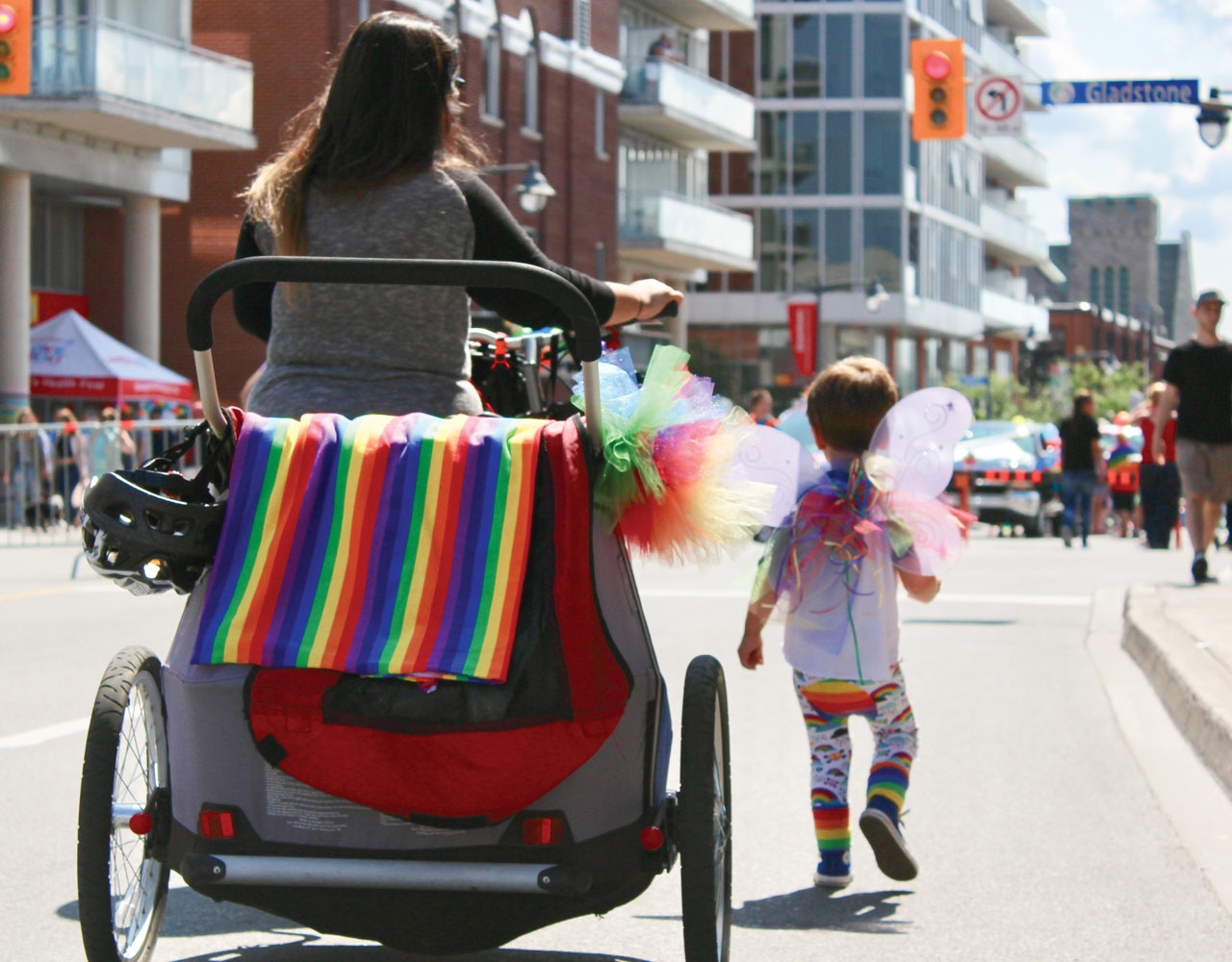This year’s Ottawa Capital Pride parade on Aug. 27 made history as it not only marked the first time a sitting prime minister has participated in the city’s parade, but also saw the first time a Chief of the Defence Staff (CDS) has marched in a Pride parade.
Gen. Jonathan Vance said his decision to be the first CDS to march in a Pride parade was to send a message to Canadians that the armed forces cares about the country’s LGBTQ+ population.
“For me, being here today is a sign of solidarity and leadership with the people of the armed forces who are from this community . . . I also really wanted to make sure that people understand that the armed forces is a great place to work and a welcoming environment,” he said.
Contrary to U.S. President Donald Trump’s move to ban transgender people from serving in the U.S. military, Vance said that members from the LGBTQ+ community have added strength to the Canadian Armed Forces.
Vance added that he hopes Canadian youth “seriously consider a career in the armed forces, no matter what community they come from.”
Ottawa Mayor Jim Watson and Ontario Premier Kathleen Wynne were also in attendance, as they marched alongside Prime Minister Justin Trudeau, who also marched in Toronto, Montreal, and Halifax’s Pride parades this year.
As thousands flooded the streets of Centretown, Michaela Van Mourik, a second-year criminology student at Carleton University, described the parade as “the rainbow after the storm.”
“There’s been a lot of bad things going on lately, so this is taking a day to resist and celebrate all the good things,” she said.“If you can do the business, you deserve the uniform because you’ve earned it. It doesn’t matter who you are. We want to have you,” Vance said.
Mackenzie Mumby, a second-year public affairs and policy management student at Carleton University, said he viewed this year’s parade as a resistance to Trump and his proposed transgender military ban.
“This is a great way to stand as one and fight against the injustice going on down south,” he said.
Greg Owens, a queer community organizer and a Carleton student, said while it’s crucial to challenge narratives coming from the U.S., we should continue to question the issues happening within our own borders.
“It’s important to remember that we aren’t the safe haven or the utopia that we think we are . . . We still have criminalization of sex work and the criminalization of HIV non-disclosure. Those are things that disproportionately affect the queer and trans communities. There’s still work to be done, and this is an important year to keep that work moving forward,” he said.
The parade began at 1:30 p.m., starting at Bank Street and Gladstone Avenue, and made its way down Kent Street before looping back up to Bank and Somerset at around 3 p.m.
However, shortly after 2 p.m., the parade was temporarily halted by members of activist group Black Lives Matter, who had a list of 20 demands for the organizers of Capital Pride. These included not allowing banking institutions, alcohol companies, and Ottawa police to participate in the parade, as well as making it mandatory for organizers to supply naloxone kits and free bag checks, according to the Ottawa Citizen.
The parade featured floats from a variety of organizations such as Amnesty International, Ottawa Senior Pride Network, the Wabano Centre for Aboriginal Health, the Canadian Centre for Gender and Sexual Diversity, and Via Rail Canada.
Photo by Aaron Hemens






